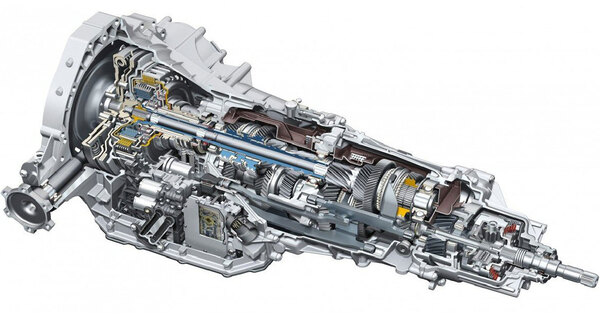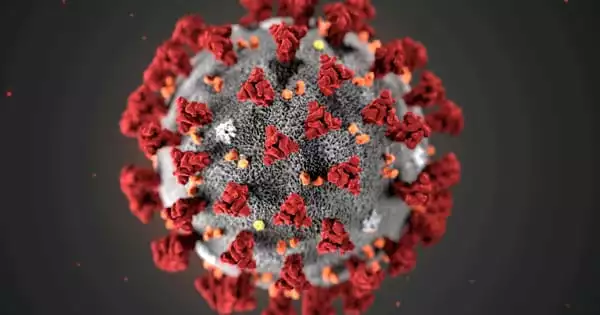A dual-clutch transmission (DCT) (sometimes known as a twin-clutch transmission) is a multi-speed car transmission system that employs two distinct clutches for odd and even gear sets. It’s a clever gearbox with two distinct clutches for odd and even gear combinations. The design is frequently identical to two independent manual gearboxes, with their clutches enclosed within one housing and operating as a single unit. One clutch controls the odd gears (1st, 3rd, 5th, etc.), and the other controls the even gears (2nd, 4th, 6th, etc.).
In automobile and truck applications, the DCT acts like an automated transmission, requiring no driver input to shift ratios.
The Easidrive automatic transmission, which was introduced on the 1961 Hillman Minx mid-size automobile, was the first DCT to go into production. This was followed by other eastern European tractors in the 1970s (which operated manually via a single clutch pedal), and then the Porsche 962 C racing car in 1985. The 2003 Volkswagen Golf R32 had the first modern DCT. Since the late 2000s, DCTs have grown in popularity, replacing hydraulic automatic gearboxes in a variety of car types.
Here’s how it works:
- Two Clutches: As the name suggests, a DCT has two clutches. While one clutch engages a gear, the other pre-selects the next gear. This allows for seamless shifting without any interruption in power delivery.
- Gear Engagement: When the vehicle accelerates, the odd or even gears are engaged depending on the current speed and load conditions. As one clutch disengages, the other clutch simultaneously engages the next gear, resulting in rapid and smooth gear changes.
- Efficiency: DCTs are known for their efficiency since they can pre-select the next gear, minimizing the power loss during gear changes. This leads to improved fuel economy and performance compared to traditional automatic transmissions.
- Manual and Automatic Modes: Many DCT systems offer both manual and automatic modes. In manual mode, the driver can manually control gear changes using paddle shifters or a gear selector. In automatic mode, the transmission operates like a traditional automatic, shifting gears without driver input.
- Complexity and Cost: While DCTs have several advantages, they are more difficult and expensive to construct than traditional automatic or manual transmissions. Furthermore, some drivers may notice that the shifting characteristics differ from standard automatic transmissions, necessitating a brief adjustment time.
Overall, DCTs offer a good blend of performance, efficiency, and convenience, making them popular options in many current vehicles, particularly sporty and high-performance models.
















